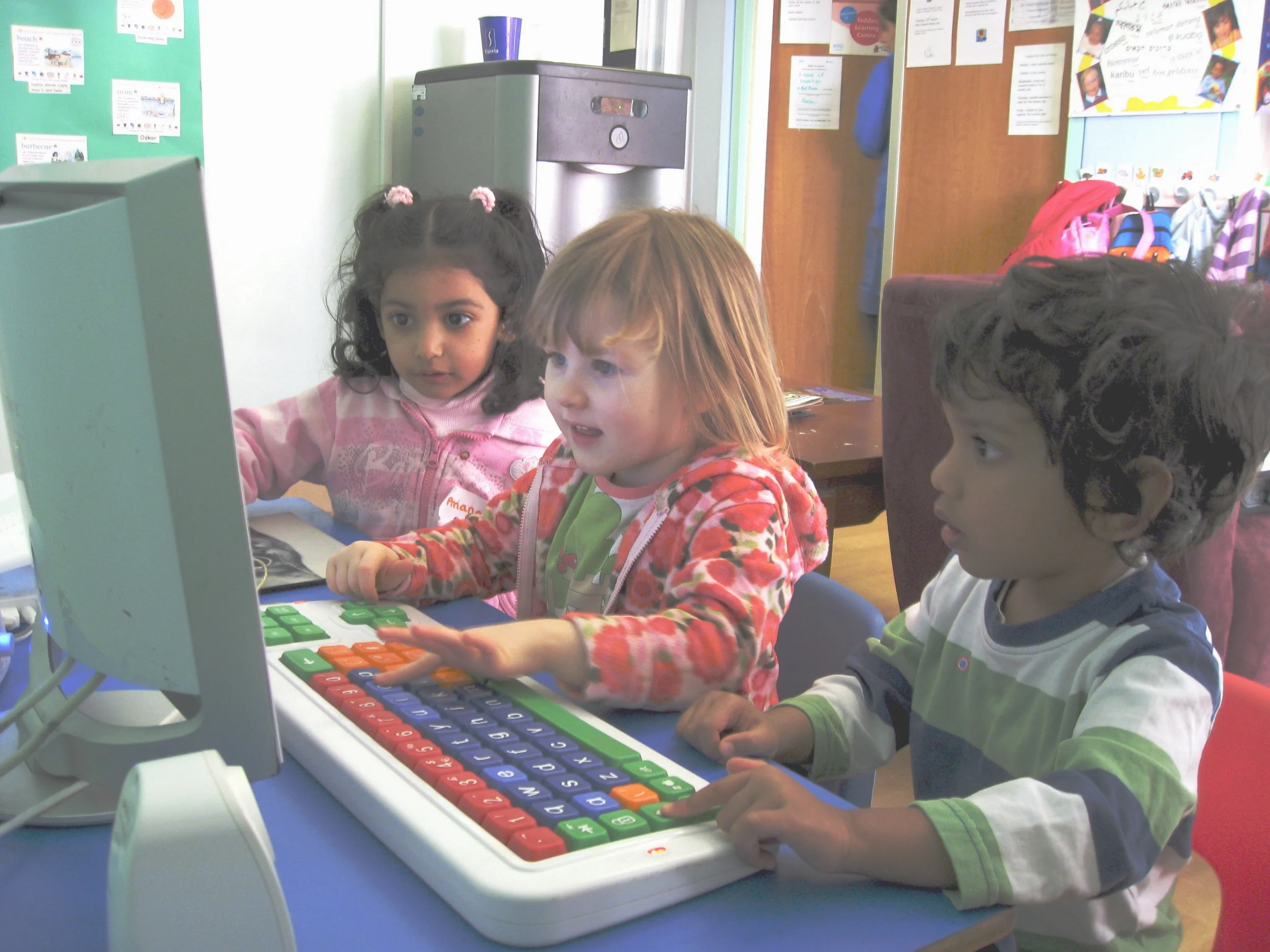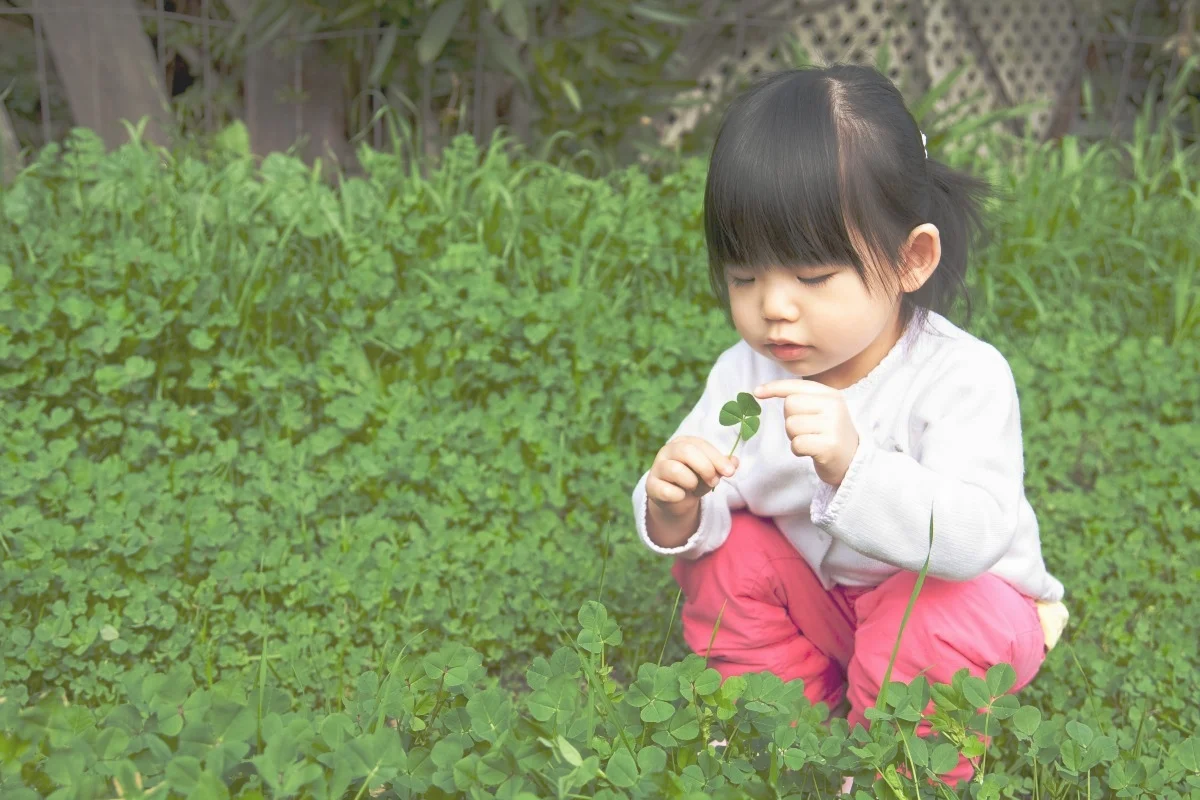By Angela Anderson, M.Ed.
The School-to-Prison Pipeline (STPP) is a metaphor that describes the growing trajectory for students from their schools into the juvenile or adult criminal justice system. Research exploring the relationship between perceived negative school experiences and subsequent justice system involvement finds significant associations that reveal the student populations most at risk for falling into this pipeline, with the majority demographic being our Black youth. As research shows that a Black student’s chances of being incarcerated are roughly four times greater than those of a White student, education leaders across all thresholds must ask themselves what they can do to bring equitable change.
In a 2019 report examining the STPP, it was found that Black students are suspended and expelled more often than any other group of students, (McCarter, Venkitasubramanian, & Bradshaw). The evidence contends that schools with largely Black student bodies have higher suspension and expulsion rates than those with largely Latino and White student bodies. The report further noted that higher percentages of Black students actually predicted a school to have higher reliance on law enforcement/security presence and that regardless of students’ class status, students of color were disproportionately policed and disciplined, (McCarter, Venkitasubramanian, & Bradshaw, 2019). Most of the young people involved in these harsh discipline systems among the schools and juvenile courts pose little to no threat of harm to other students, their schools, or their communities; but once involved in the pipeline, these students have poor long-term outcomes (Mallett, 2015). Let’s explore various factors attributing to the STPP and affecting our Black youth, as well as proposed solutions to these issues.
Overuse of Exclusionary Discipline
What we now refer to as zero-tolerance policies formally began as a response to the 1994 Gun-Free Schools Act, as zero tolerance in schools was defined as the systematic enforcement of predetermined exclusionary practices (i.e., suspension and expulsion) in order to promote school safety, (McCarter, Venkitasubramanian, & Bradshaw, 2019). Since implementation, zero-tolerance policies have expanded to schools now dispensing exclusionary punishments for minor school infractions, including behaviors that in no way infringe on the safety of others (i.e., tardiness, inappropriate attire, class disruption). Currently, Black students, who make up 15% of the national student enrollment, account for 35% of out-of-school suspensions and 36% of expulsions, (McCarter, Venkitasubramanian, & Bradshaw, 2019). School suspension can negatively impact several aspects of youth development, including student school performance, and there is no evidence that it effectively reduces negative student behavior. During suspensions, students miss out on valuable instruction time and assignments, leaving many students with feelings of hopelessness as they grow further behind their peers. Student attachment to school can be disrupted by suspension and expulsion practices, as they become academically disconnected and socially excluded from the school environment.
The removal of deemed ‘bad individuals’ also results in the labeling and stigmatization of already-marginalized students. Moreover, exclusionary discipline has been linked to issues of mental health; including poor student self-image, as well as feelings of alienation and shame. It has been associated with the development of various psychological disorders; including depression, post-traumatic stress disorder, and anxiety, (Crosby, Day, Somers, & Baroni, 2018).
Restorative justice is an increasingly popular discipline approach being adopted by schools across the country. This approach shifts the focus from a punitive mindset focused on punishing wrongdoing to a focus on building community, strengthening relationships, and understanding the root causes of students’ actions. Restorative justice asks students to make amends with their victims and bring awareness to the way their behavior affects others, without labels or negative stigmatizations. While full implementation of a restorative justice approach may be difficult in certain circumstances, researchers believe a modest movement in that direction by educators is both possible and ethically necessary, (Warnick & Scribner, 2020).
Teacher-Student Relationships
Researchers also state that teacher perceptions of student behaviors or codes of speech are linked to academic expectations and academic failure, (Grace & Nelson, 2018). High teacher expectations and positive relationships with teachers are critical factors in engaging students. Not only do teachers’ perceptions of students impact student access to quality instruction and academic performance, it inherently plays a role in how discipline is handled in the classroom and at the school level.
Other stressors between teachers and Black students come in the form of microaggressions. In their 2018 study on the STPP, Grace and Nelson describe: “Racial microaggressions are brief and commonplace daily verbal, behavioral, or environmental indignities, whether intentional or unintentional, that communicate hostile, derogatory, or negative racial slights and insults toward people of color,” (p. 666).
Racial microaggressions can be experienced in schools through instructional practice and discipline practice and they influence the way Black students are treated in school. Notions, (i.e., the assumptions that Black males are unmotivated to learn and aggressive), influence the way Black students are treated in school and, as a result, are internalized by Black students who ultimately disengage from the schooling process.
The curriculum taught in the classrooms is also important. Research shows that students are more likely to disengage from school when they do not feel they are part of the general culture of the school, (Cramer, Gonzalez, & Pellegrini-Lafont, 2014). Designing classroom curriculum that is more culturally relevant toward Black students can work positively against the STPP. Cramer, Gonzalez, & Pellegrini-Lafont (2014) outlined four instructional areas of reform needed to effectively implement culturally responsive teaching: (1) critical cultural consciousness; (2) culturally pluralistic classroom climates; (3) diverse communities of learners; and (4) multicultural curriculum and culturally congruent instructional strategies.
“Critical cultural consciousness refers to teachers becoming aware of their own cultural socialization and the effects that this has on their interactions with diverse students. Culturally pluralistic classroom climates involve the tone, environment, and types of interactions with students that teachers have and the expectations of students that teachers hold. Diverse communities of learners are comprised of collaborative and cooperative learning environments where students are interdependent on each other and the cultures that each member brings to the group. Finally, teachers should integrate multicultural information, resources, and materials in all skills and across all subjects,” (Cramer, Gonzalez, & Pellegrini-Lafont, 2014, p.468).
School Funding
School environment, teacher selection, class size, student-teacher ratio, and school rules are all affected by a school’s socioeconomic status. Funding for schools is partially tax driven. Low-income areas provide schools with less money, which then reduces the resources available to the school. Importantly, there is little legal recourse for low-income urbanites to challenge disproportionately low-funding schemes, since the Supreme Court has already ruled that education is not a fundamental right, leaving states able to justify local school-funding schemes with any rational purpose, (San Antonio Independent School District v. Rodriguez, 1973). The funding of our nation’s schools serves as an obvious source of inequity for our Black students.
Misguidance of SROs
School Resource Officers (SROs) have become increasingly commonplace in schools across the nation, often working without formalized policies or guidelines. Researchers have found SROs are increasingly called upon to handle many disciplinary issues within schools, and that SRO programs are rarely being evaluated. A 2011 report on functions of SROs in the schools reported that three-quarters (76%) of principals used SROs for maintaining discipline, (Counts et al., 2018). This contradicts NASRO’s (2015) position statement, which states SROs should be prohibited from becoming involved in formal school discipline situations that fall under the responsibility of school administrators. The past decade has seen the number of U.S. schools with SROs significantly increase from 32 to 42 percent, (Counts et al., 2018). During this timeframe, there has also been a dramatic increase in the number of referrals and arrests to juvenile courts made by schools, which has disproportionately affected Black students, (Counts et al., 2018).
It is recommended that SROs endure specialized training, as most police academies spend less than 1% of total training hours on juvenile justice issues, (Counts et al., 2018). Specialized curriculum for SROs should include juvenile justice code and legal issues, child development, communication techniques, and specialized populations including minorities and students with disabilities. Additionally, it is suggested that a minimum duration of training be specified, (Counts et al., 2018).
Administrative Decisions
In U.S. public schools, a stark reality is that the education workforce is predominantly White and female. When situations arise with Black children, they may potentially see and punish the behaviors of the child rather than examine the ways in which the students’ mere Blackness positions them as hypervisible and susceptible to targeting from teachers, (Goings et al., 2018). To address this, scholars and policymakers emphasize the need for diversifying the teaching workforce and involving Black leaders who can relate to and support Black students. To combat the school-to-prison pipeline, schools are encouraged to reach out to the communities they serve, understanding students' cultural backgrounds and the events that shape their lives.
Education leaders are advised to confront racism and promote cultural inclusion. Recognizing that students are aware of racism in their surroundings, leaders should assess classroom practices and policies that could perpetuate racist attitudes. Building cultural competence among staff, fostering cultural inclusion, and demonstrating respect for all are crucial steps. Equipping students with social-emotional skills is also vital, creating a nurturing environment that reduces stress and improves communication among different cultures. Strategies like restorative school discipline, peer mediation, morning meetings, and mentoring programs are suggested.
Lastly, education leaders are encouraged to integrate students' perspectives into policies and procedures. Empowering Black youth by involving them in decision-making processes and allowing them to participate in shaping the classroom environment can enhance their leadership skills. One recommendation is the establishment of a student conduct advisory board panel that addresses discipline infractions and provides recommendations to the principal based on student input. By implementing these strategies, education leaders can foster more inclusive and equitable school environments for all students, particularly those from marginalized backgrounds.
References
Beneke, A. J. (2020). Review of Justice on both sides: Transforming education through restorative justice. Education Review, 27, 1–4. https://doi.org/10.14507/er.v27.2835
Brown, S. (2020). Education versus Punishment? Silo Effects and the School-to-prison Pipeline. Journal of Research in Crime and Delinquency, 57(4), 403–443. https://doi.org/10.1177/0022427819897932
Counts, J., Randall, K. N., Ryan, J. B., & Katsiyannis, A. (2018). School Resource Officers in Public Schools: A National Review. Education and Treatment of Children, 41(4), 405–430. https://doi.org/10.1353/etc.2018.0023
Cramer, E. D., Gonzalez, L., & Pellegrini-Lafont, C. (2014). From Classmates to Inmates: An Integrated Approach to Break the School-to-Prison Pipeline. Equity & Excellence in Education, 47(4), 461–475. https://doi.org/10.1080/10665684.2014.958962
Crosby, S. D., Day, A. G., Somers, C. L., & Baroni, B. A. (2018). Avoiding school suspension: Assessment of a trauma-informed intervention with court-involved, female students. Preventing School Failure: Alternative Education for Children and Youth, 62(3), 229–237. https://doi.org/10.1080/1045988x.2018.1431873
Goings, R., Alexander, S., Davis, J., & Walters, N. (2018). Using Double Consciousness as an Analytic Tool to Discuss the Decision Making of Black School Leaders in Disrupting the School-to-Prison Pipeline. Taboo: The Journal of Culture and Education, 17(4), 1–21. https://doi.org/10.31390/taboo.17.4.03
Grace, J. E., & Nelson, S. L. (2018). “Tryin’ to Survive”: Black Male Students’ Understandings of the Role of Race and Racism in the School-to-Prison Pipeline. Leadership and Policy in Schools, 18(4), 664–680. https://doi.org/10.1080/15700763.2018.1513154
Mallett, C. A. (2015). The School-to-Prison Pipeline: A Critical Review of the Punitive Paradigm Shift. Child and Adolescent Social Work Journal, 33(1), 15–24. https://doi.org/10.1007/s10560-015-0397-1
McCarter, S., Venkitasubramanian, K., & Bradshaw, K. (2019). Addressing the School-to-Prison Pipeline: Examining Micro- and Macro-Level Variables that Affect School Disengagement and Subsequent Felonies. Journal of Social Service Research, 46(3), 379–393. https://doi.org/10.1080/01488376.2019.1575323
Novak, A. (2019). The School-To-Prison Pipeline: An Examination of the Association Between Suspension and Justice System Involvement. Criminal Justice and Behavior, 46(8), 1165–1180. https://doi.org/10.1177/0093854819846917
Warnick, B. R., & Scribner, C. F. (2020). Discipline, punishment, and the moral community of schools. Theory and Research in Education, 18(1), 98–116. https://doi.org/10.1177/1477878520904943




















Over time, restorative justice evolved from a focus on responding to harm and conflict to a focus on building a healthy school culture. A restorative school culture recognizes that people and their relationships with each other form the cornerstone of both safety and learning. Advocates for this approach argue that by practicing restorative justice, educators can reduce the domino effect between suspension and incarceration (interrupting the school-to-prison pipeline), and foster a more inclusive school climate …